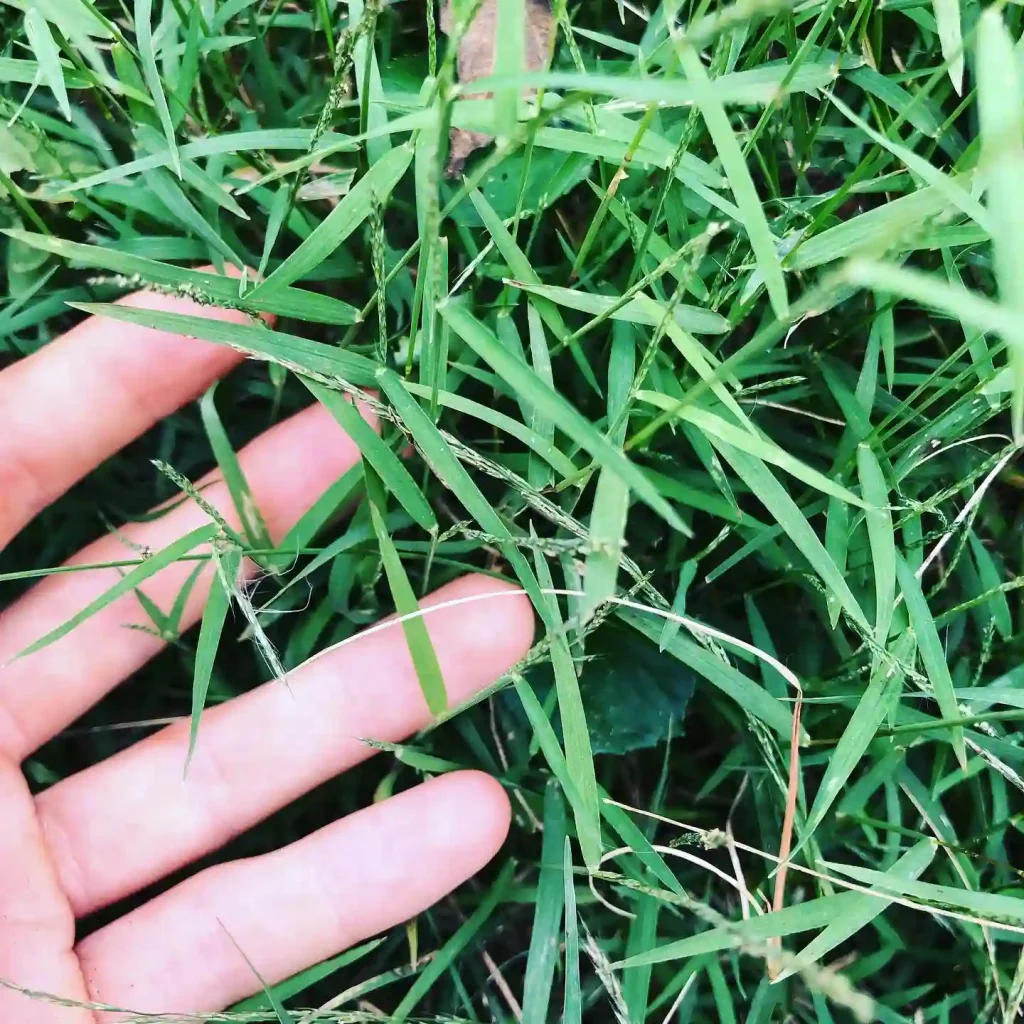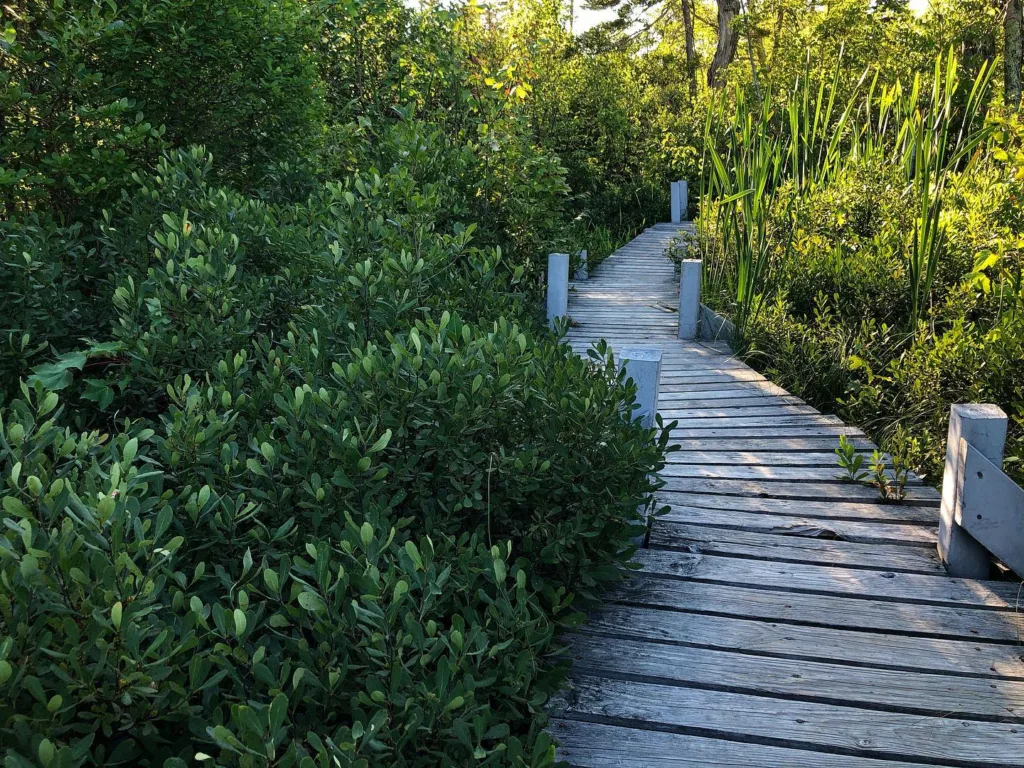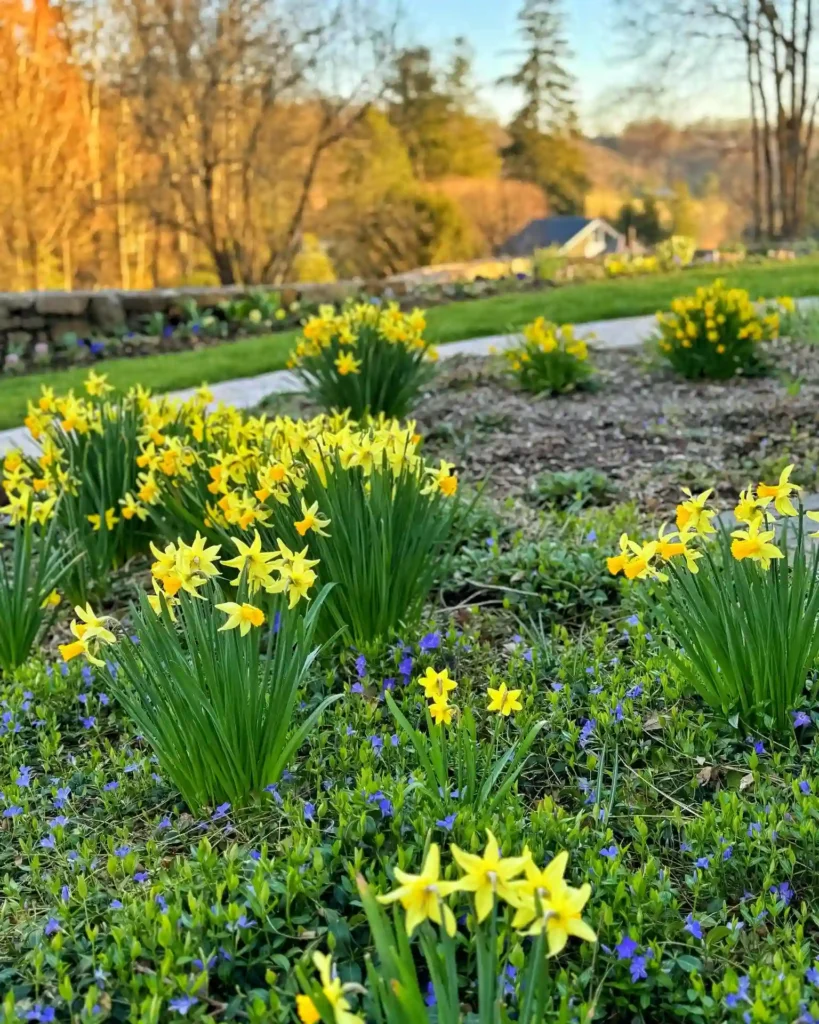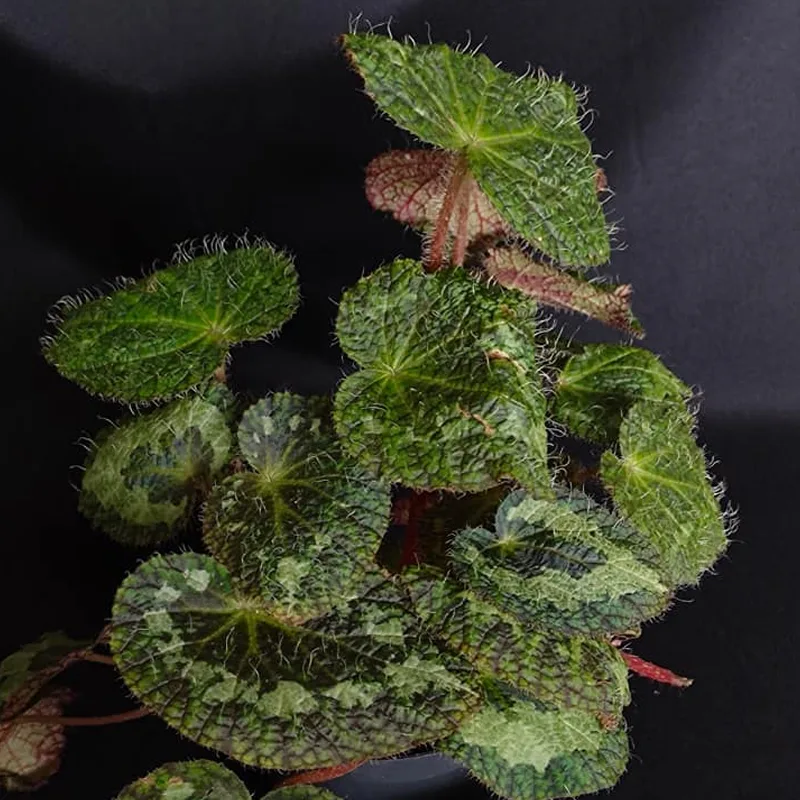FAQs About Iva Frutescens
When exploring the diverse world of plants, Iva Frutescens, commonly known as the Jesuit’s Bark, often piques interest due to its unique characteristics and comparison with other plants like Baccharis Halmifolia. I’ve spent quite some time delving into these fascinating plants, and I’d like to share some insights to help you understand them better.
10 Species in Genus Iva
What is Iva Frutescens?
Iva Frutescens, or Small Burnet, is a perennial shrub native to the southeastern United States. It typically grows in coastal salt marshes and is known for its ability to tolerate saline conditions. The plant is characterized by its dense, bushy appearance and small, greenish-yellow flowers that bloom in late summer.
Iva Frutescens vs Baccharis Halmifolia
A common point of confusion is between Iva Frutescens and Baccharis Halmifolia, or Groundsel Bush. Both plants share similar habitats and can sometimes look alike, but they have distinct differences.
Iva Frutescens generally has smaller leaves and a more compact growth form compared to Baccharis Halmifolia. While both species are salt-tolerant and thrive in similar environments, Baccharis Halmifolia tends to grow taller and has larger, more ovate leaves. The flowers of Baccharis Halmifolia are also more conspicuous, appearing in large clusters.
Does Iva Frutescens or Baccharis Halmifolia Bloom First?
When it comes to blooming, Baccharis Halmifolia usually takes the lead. Baccharis Halmifolia flowers often appear in late summer to fall, whereas Iva Frutescens typically blooms a bit later. This timing can vary depending on local climate conditions, but generally, Baccharis Halmifolia will put on its show first.
How to Care for Iva Frutescens?
Caring for Iva Frutescens is relatively straightforward. It thrives in full sun to partial shade and prefers well-drained soil, though it’s quite tolerant of salty conditions. Regular watering is essential, especially during dry periods, but avoid overwatering. Pruning is minimal, as the plant generally maintains a neat form on its own.
How to Propagate Iva Frutescens?
Propagation of Iva Frutescens can be done through both seeds and cuttings. If using seeds, sow them in a well-drained seed mix and keep them moist until germination. For cuttings, take semi-hardwood cuttings in late summer or early fall. Use a rooting hormone and plant them in a well-draining medium. Keep the cuttings moist and in a warm environment until roots develop.
What to Plant with Iva Frutescens?
Iva Frutescens pairs well with other salt-tolerant plants in coastal gardens. Consider planting it alongside species like Sea Oats, Beach Strawberry, or Saltbush. These companion plants not only enhance the aesthetic of a coastal garden but also share similar growing conditions.
Can You Grow Iva Frutescens Indoors?
Growing Iva Frutescens indoors is not ideal. It is a plant adapted to outdoor conditions, especially in saline environments. While it can survive indoors with sufficient light and humidity, it will not thrive as well as it does in its natural habitat. If you’re looking for indoor plants, consider species that are better suited for such conditions.
Is Iva Frutescens Toxic?
Iva Frutescens is not known to be toxic to humans or pets. However, as with any plant, it’s a good practice to avoid ingestion and keep plants out of reach of small children and pets to prevent any potential mishaps.
Benefits of Iva Frutescens
Iva Frutescens offers several benefits. Its salt tolerance makes it an excellent choice for coastal landscaping. It provides habitat and food for wildlife, including insects and birds. Additionally, its dense growth can help with soil stabilization in marshy areas.
Common Problems with Iva Frutescens
One common issue with Iva Frutescens is its susceptibility to fungal diseases in overly wet conditions. To prevent this, ensure proper drainage and avoid waterlogged soil. Pests are generally not a significant concern, but keep an eye out for aphids or spider mites, which can occasionally affect the plant.
Comparing Iva Frutescens with Other Similar Plants
When comparing Iva Frutescens with other plants like Baccharis Halmifolia or the broader category of coastal shrubs, it’s important to note their specific adaptations and aesthetic qualities. While Iva Frutescens is compact and salt-tolerant, Baccharis Halmifolia provides a taller, more bushy appearance. Understanding these differences can help you choose the right plant for your specific garden needs.
In summary, Iva Frutescens is a robust, versatile plant well-suited for coastal gardens. By understanding its characteristics, care requirements, and how it compares to similar species, you can make informed decisions about incorporating it into your landscape.
If i die, water my plants!



